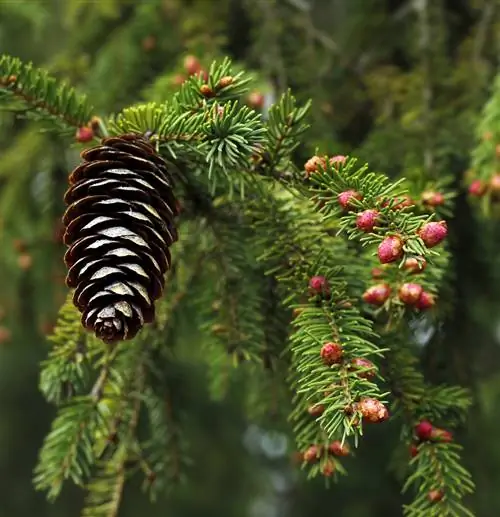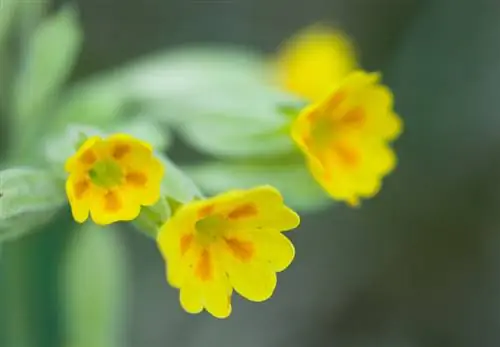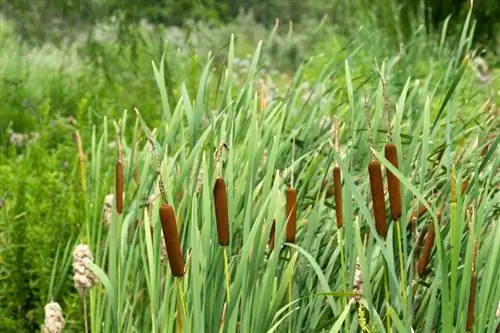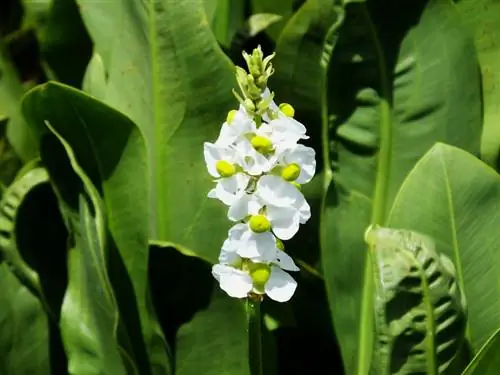- Author admin [email protected].
- Public 2023-12-16 16:46.
- Last modified 2025-01-23 11:21.
Spruces are not only used as timber, many species have also found their way into the home garden. Dwarf forms with spherical or conical growth are particularly popular here, but also the Serbian (Picea omorika) or the Oriental (Picea orientalis) spruce.
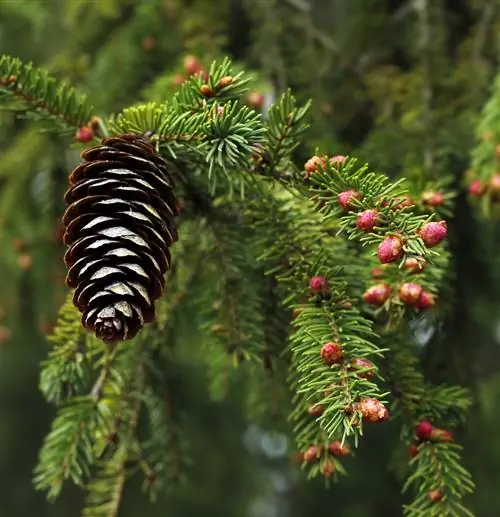
What are the most important properties of spruce trees?
Spruces are coniferous trees used as lumber and come in various species such as common, Serbian and Sugarloaf spruce. They prefer sunny locations, do not need pruning, and cannot tolerate waterlogging. Sensitivity to wind and pest infestation in dry conditions must be taken into account.
The different types of spruce trees
The spruce tree that commonly grows in the forest, known as the common or Norway spruce (bot. Picea abies), is relatively important in forestry because it provides valuable lumber for furniture, instruments and house construction. But spruce is also used in the paper industry and as firewood.
The Serbian spruce (bot. Picea omorika) is often planted in gardens and parks. It grows slower than the common spruce, but with a narrow crown. Its needles are quite dense and the trunk has branches all the way to the ground. This creates a harmonious shape.
The sugarloaf spruce is particularly suitable for the home garden. It grows very slowly for a spruce, does not need to be pruned and maintains its conical shape on its own. This spruce is ideal for planting in a pot on the balcony or terrace.
The right location
Most types of spruce prefer a sunny location and have no special requirements for the soil. However, it should be permeable and not too dry. The drier a spruce tree is, the greater the risk that it will be attacked by bark beetles. If the soil in your garden is relatively dry, then Serbian spruce or Norway spruce are probably best suited.
Planting the spruce tree
A spruce tree from a container can be planted almost all year round as long as the ground is not frozen. However, it needs enough water in the first few weeks to root well. The larger the tree is when planting, the more important it is to have a support post for the spruce. It is quite susceptible to wind and should be positioned in such a way that it cannot fall onto buildings even in a storm.
Care for the spruce properly
Once well rooted, the spruce is quite easy to care for. It doesn't need regular pruning and actually no fertilizer. You may want to check the pH of the soil from time to time. The falling spruce needles make the soil acidic over time. You can counteract acidification by adding lime.
The most important things in brief:
- various types suitable for the garden
- Location: best sunny or only light shade
- do not plant directly next to buildings
- sensitive to wind (can easily tip over)
- doesn't need pruning
- does not tolerate waterlogging
- Prolonged drought poses a risk of pest infestation
Tip
There are better species for the garden than the common spruce.

